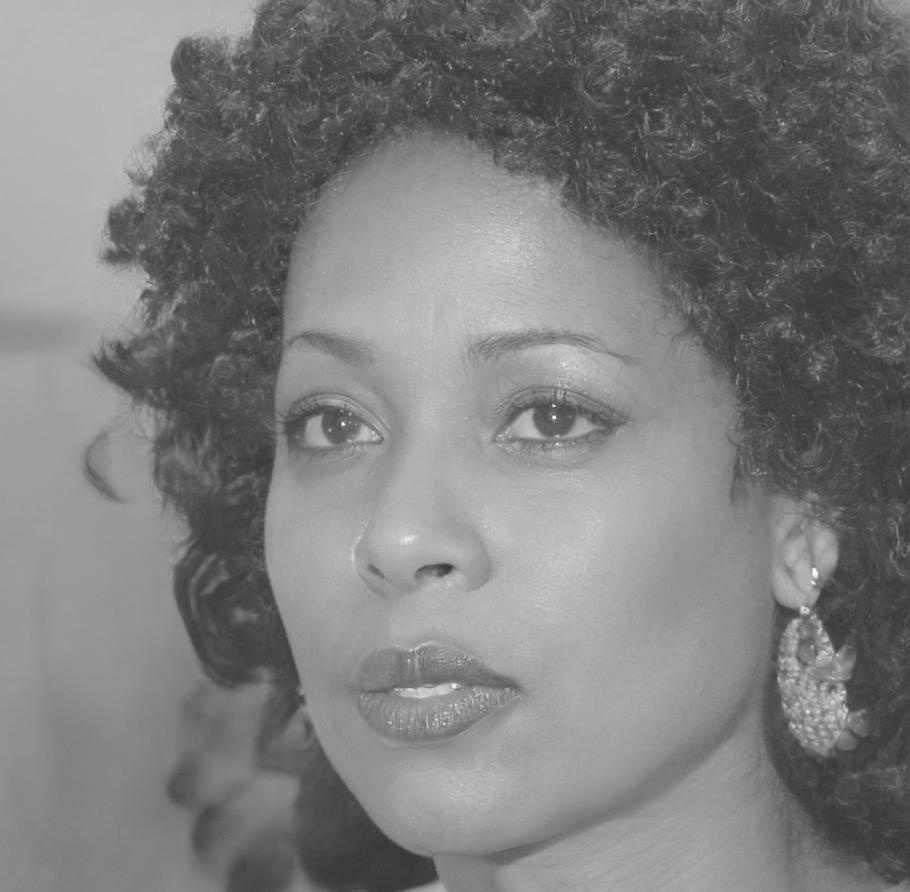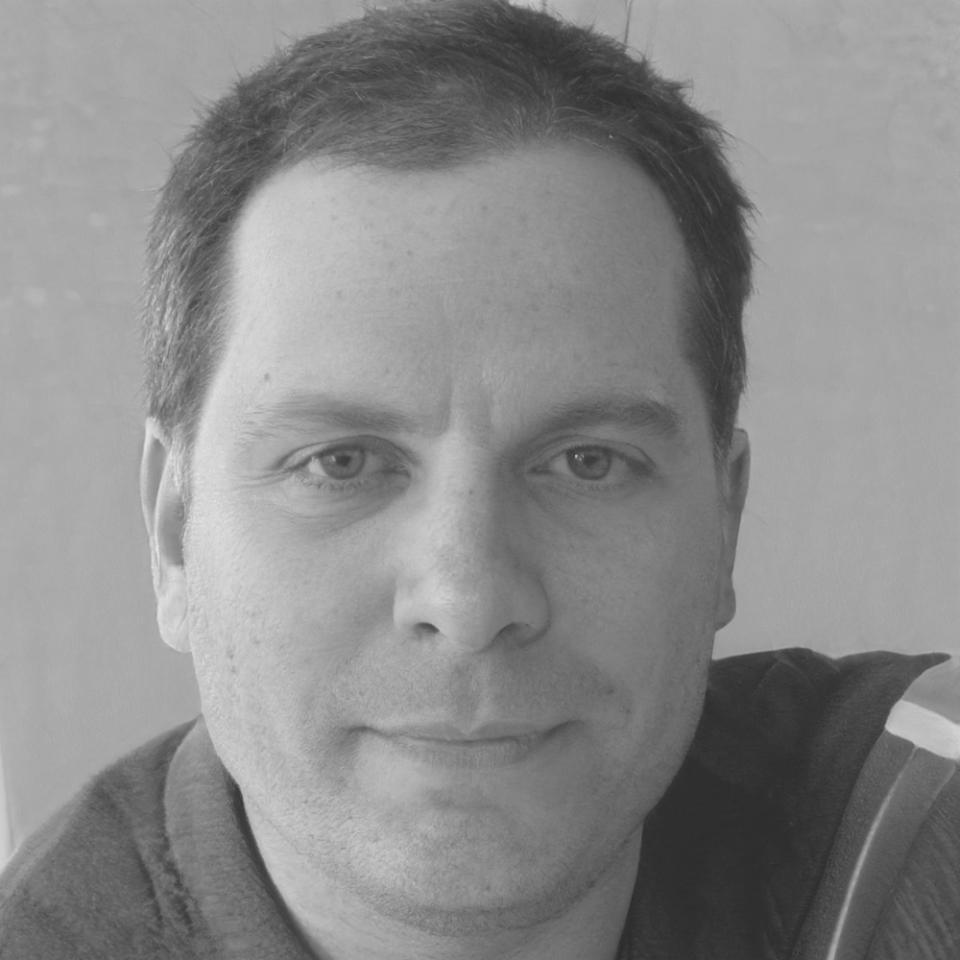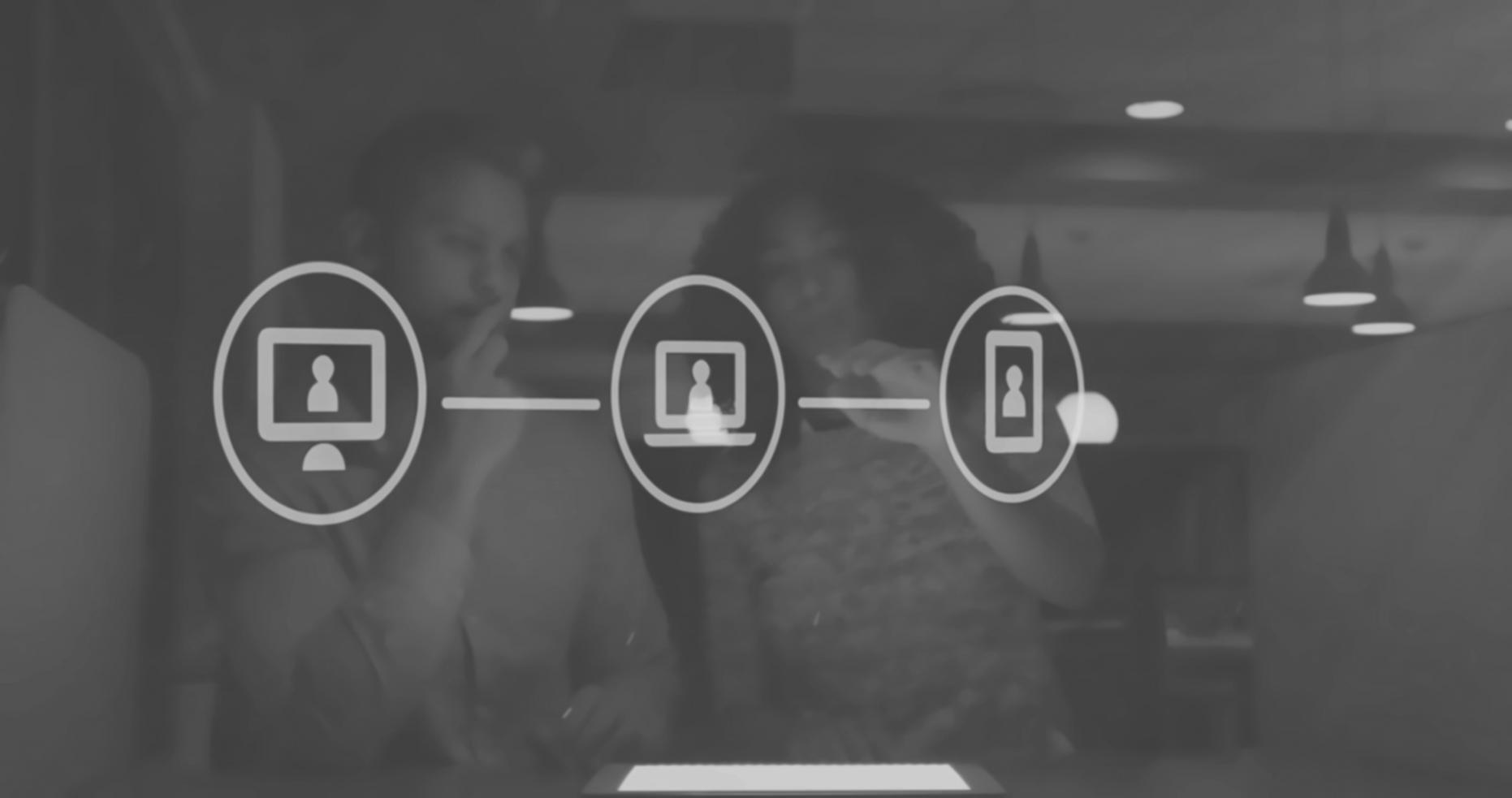
Matej Horvath
Environment Lead
Matej spent eight years at Bohemia Interactive working on military simulation environments. He's obsessed with terrain systems and teaches the technical foundation modules. Expects you to actually understand why things work, not just copy tutorials.



